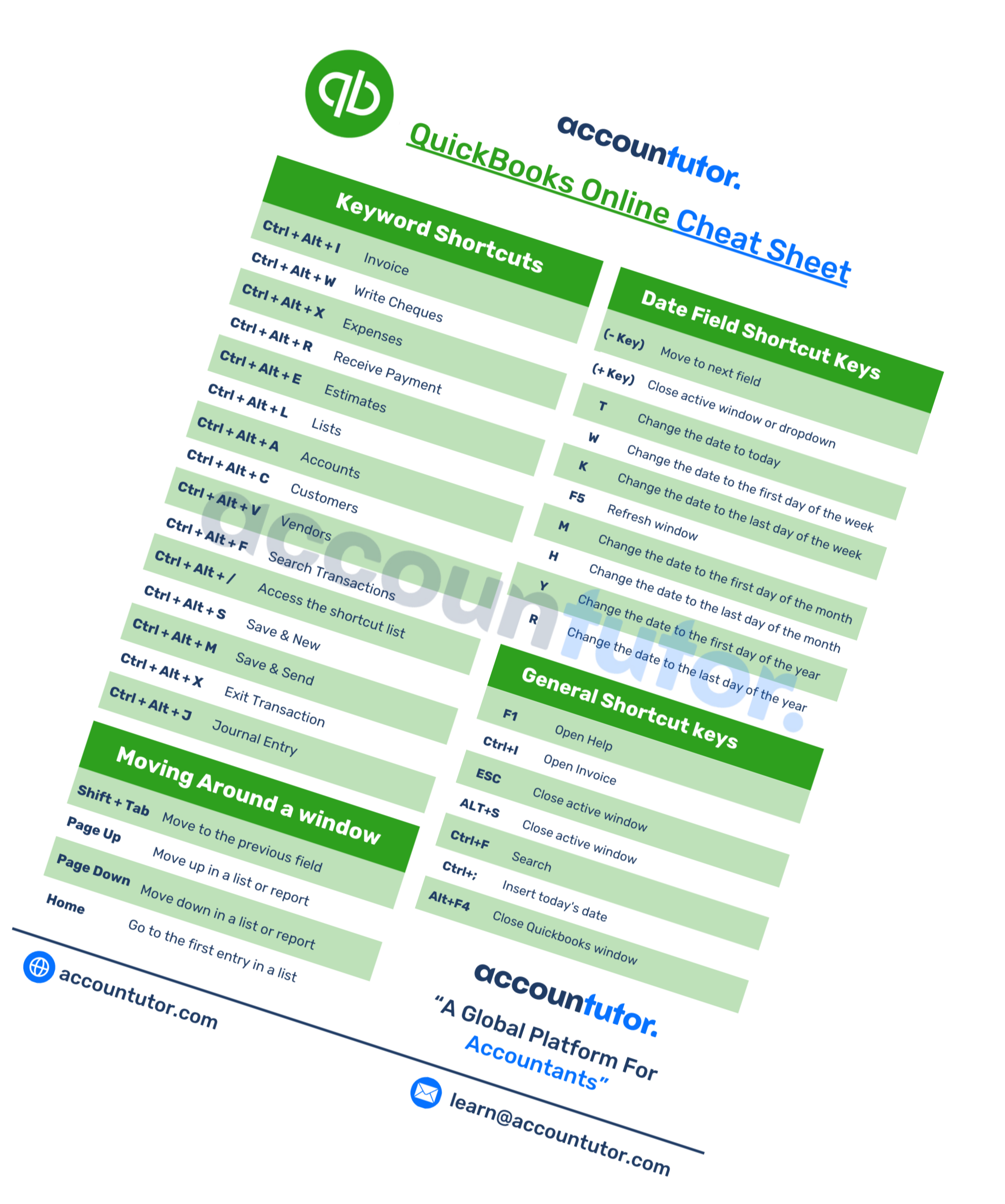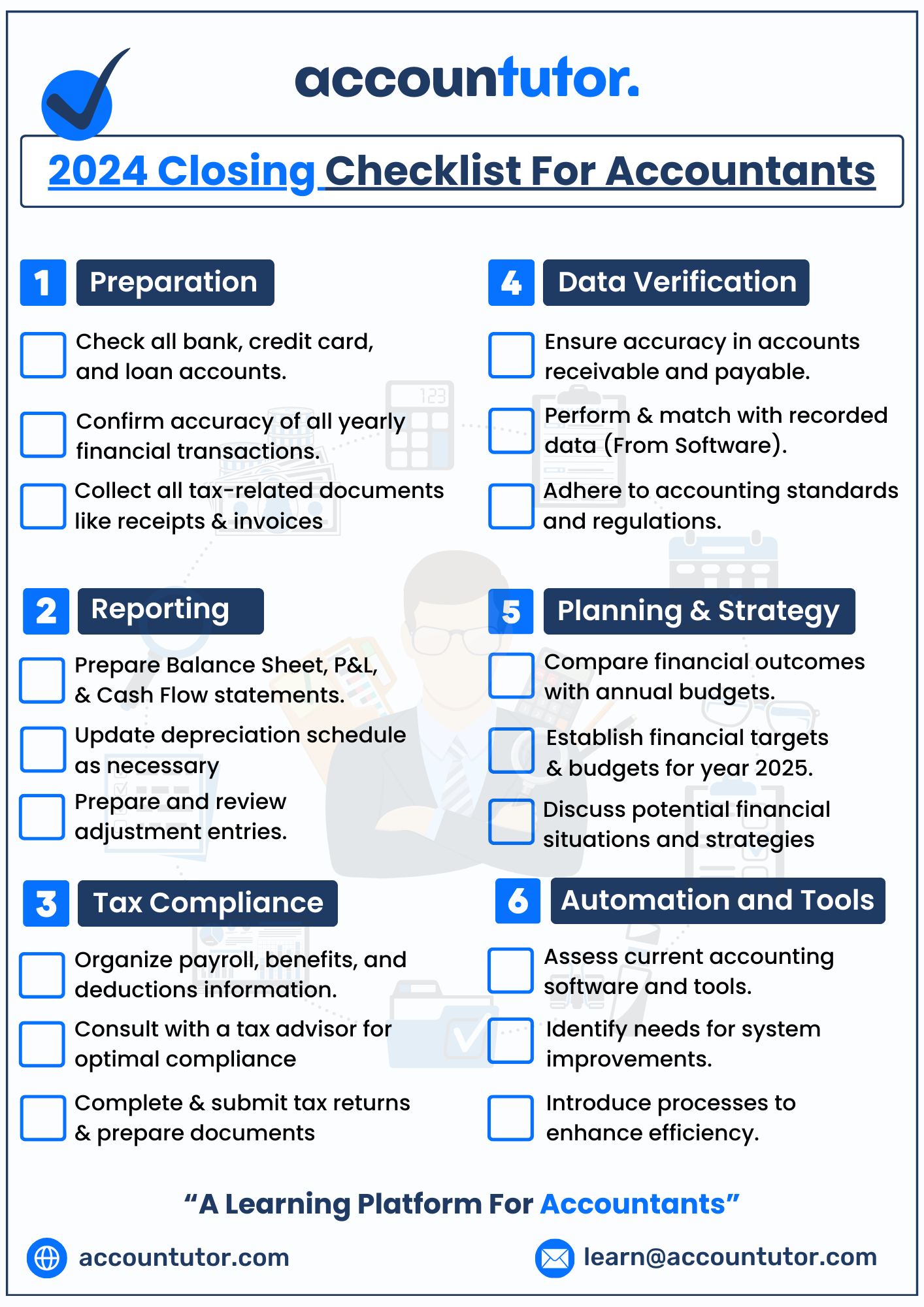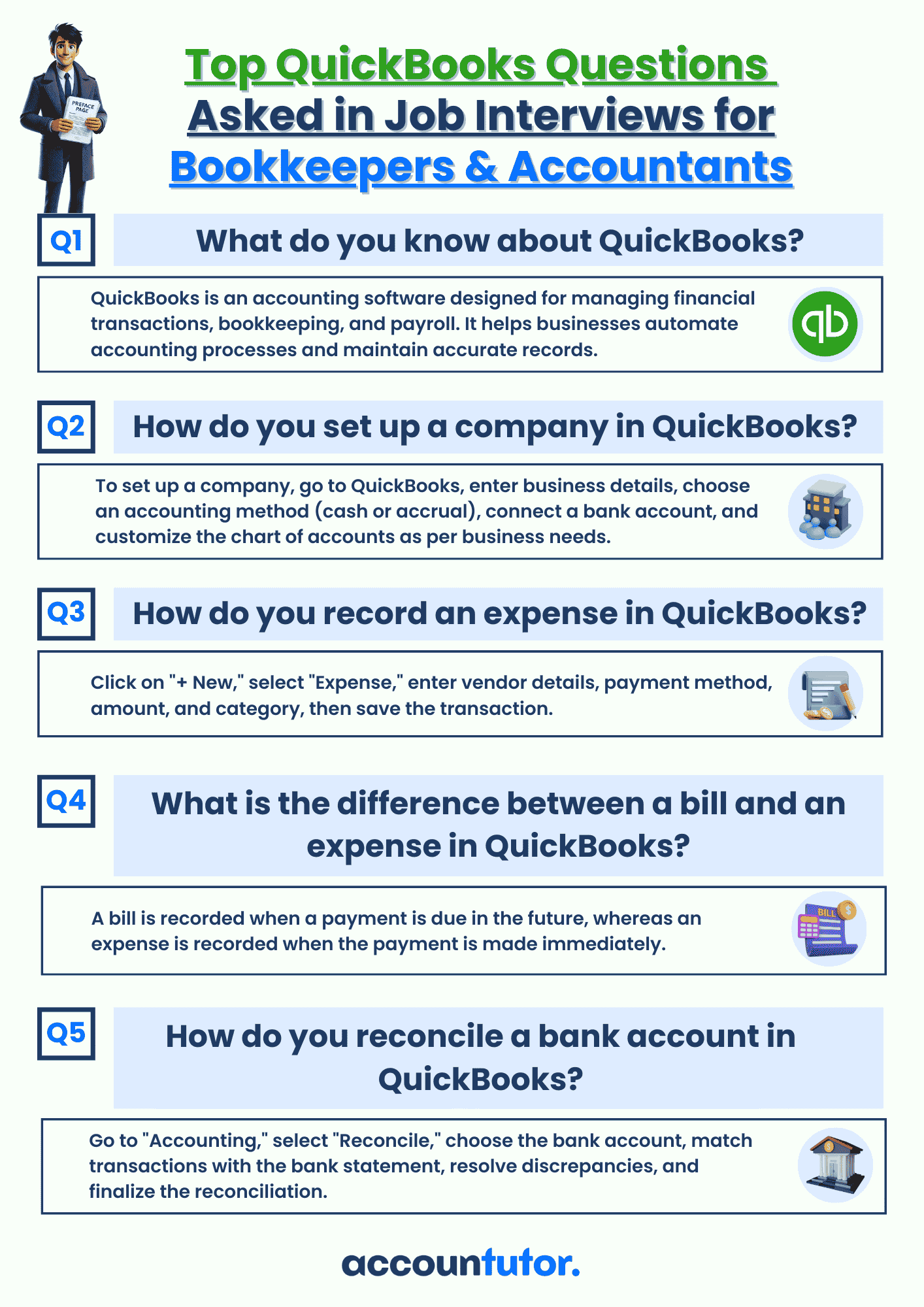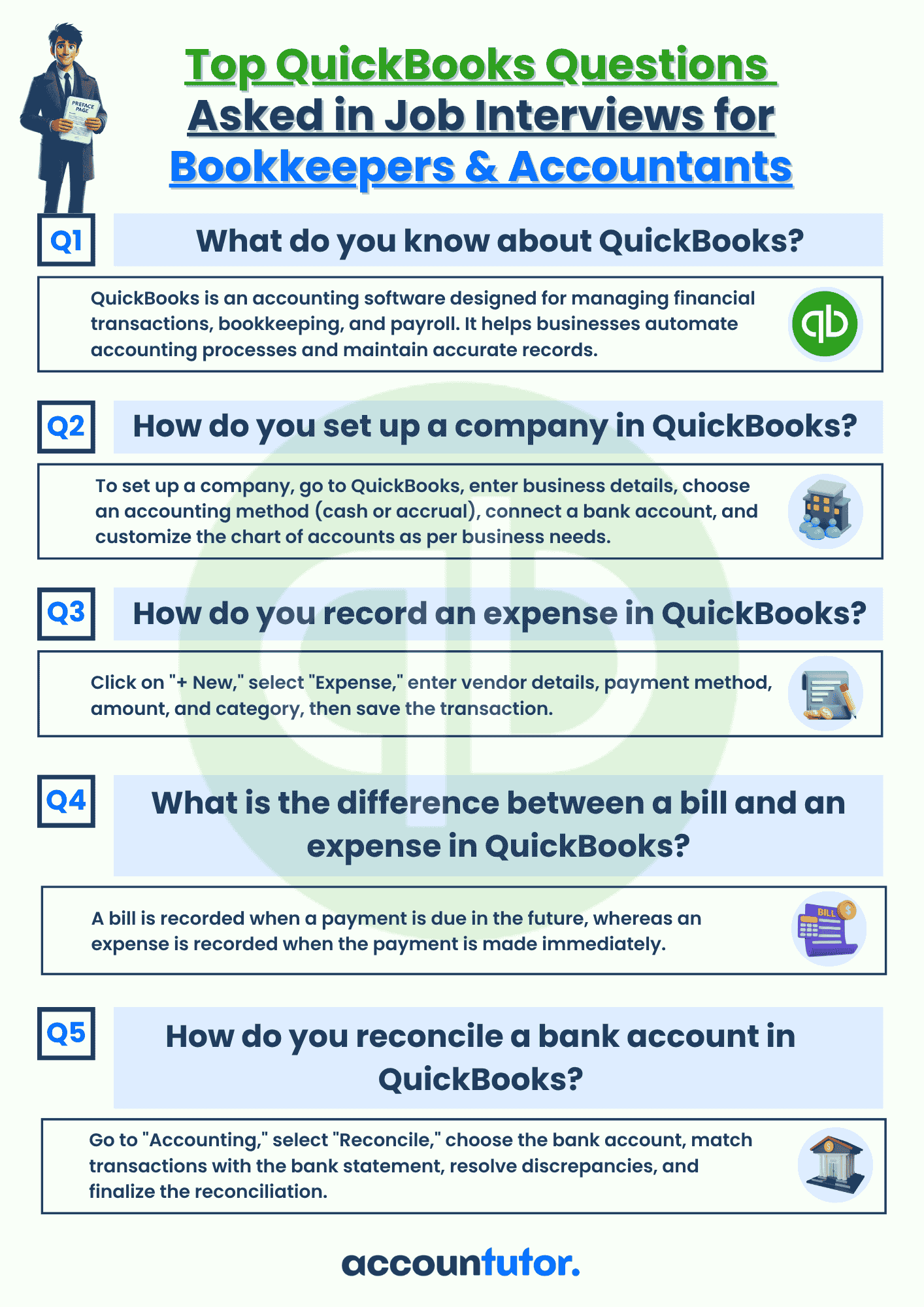What is Job Costing?
Jan 21

Introduction
Job costing is an accounting method used to track the costs associated with a specific project, job, or batch of products. It assigns direct costs, such as materials, labor, and overhead, to individual jobs, providing a detailed view of production costs for customized orders. This system is commonly used in industries where products or services are unique, such as construction, consulting, and manufacturing of custom goods.
How it works?
A construction company takes on a project to build a custom-designed house for $500,000. The company tracks all expenses related to the project, including $200,000 for materials, $150,000 for labor, and $50,000 for equipment rental. Overhead costs, such as site management and utilities, are allocated to the job, bringing the total cost to $420,000. With a $500,000 contract price, the company earns a gross profit of $80,000. The job costing system allows the company to monitor profitability, ensure accurate billing, and evaluate efficiency for future projects.
Why it is important?
Job costing is essential for businesses that deliver customized products or services. Its significance lies in the following areas:
1. Cost Control: Job costing enables businesses to track and control costs at a granular level, identifying inefficiencies and reducing wastage.
Example: A manufacturing company identifies higher-than-expected material costs in a specific job, prompting negotiations with suppliers.
2. Accurate Pricing: By providing detailed cost information, job costing ensures that prices reflect the true cost of production, preventing underpricing or overpricing.
Example: A furniture maker uses job costing to calculate the exact cost of a custom table, ensuring the quoted price covers materials, labor, and overhead.
3. Profitability Analysis: Job costing helps businesses assess the profitability of individual jobs, guiding strategic decisions on project selection and resource allocation.
Example: A consulting firm analyzes the profitability of a client project and decides to focus on similar high-margin contracts in the future.
4. Customized Reporting: Job costing provides tailored financial reports for each job, supporting better project management and client communication.
Example: A construction company prepares a detailed report showing costs incurred for each stage of a custom home project, ensuring transparency with the client.
Types of Job Costing:
1. Direct Job Costing: Focuses on assigning costs that can be directly traced to a specific job, such as materials and labor.
Example: A bakery calculates the cost of a wedding cake by tracking the ingredients and hours spent by the baker on the specific order.
2. Contract Job Costing: Used for long-term contracts where costs are accumulated over the duration of the project.
Example: A construction company builds a bridge over two years, tracking costs for materials, labor, and subcontractors under contract job costing.
3. Batch Job Costing: Applied when a batch of identical items is produced, with costs tracked and allocated to the entire batch.
Example: A toy manufacturer produces 1,000 custom dolls for a client, recording costs for materials, production, and shipping to the batch.
4. Overhead Allocation in Job Costing: Includes assigning indirect costs, such as utilities and administrative expenses, to jobs based on a pre-determined rate or actual usage.
Example: A metalworks shop allocates factory overhead to each custom order based on machine hours used.
Conclusion:
Job costing is an indispensable tool for businesses that require precise cost tracking for customized products or services. By capturing direct and indirect costs at the job level, it supports effective pricing, cost control, and profitability analysis. Industries like construction, consulting, and custom manufacturing rely on job costing to manage projects efficiently, ensure accurate billing, and maintain financial transparency. With detailed insights into individual jobs, businesses can optimize operations, improve resource allocation, and drive sustainable growth.
Accounting and Bookkeeping courses for you
Subscribe to our newsletter
Stay informed with the latest accounting tips, tools, and updates from Accountutor right in your email inbox.
Thank you!
Policy Pages

Download QuickBooks Online PDF Guide
Thank you!

Download QuickBooks Online Cheat Sheet
Thank you!

Download ABCD of Accounting
Thank you!

Download Checklist 2024
Thank you!
Register For Free!
Thank you!

Download Interview Questions
Thank you!
Register for this webinar: How to Master QuickBooks Online— Without Feeling Overwhelmed
7th JUNE 2025 | 8:00 AM PST | 11:00 AM EST
Thank you! The joining link will be sent to your email shortly!
Webinar joining link will be sent to your email address.

Download QBO Job Interview Questions and Answers PDF
Thank you!

Download Interview Questions
Thank you!

Download 50 Interview Questions For Bookkeepers
Thank you!

Download QuickBooks Online Guidebook
Thank you!

